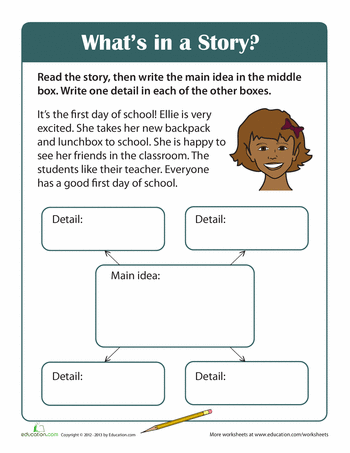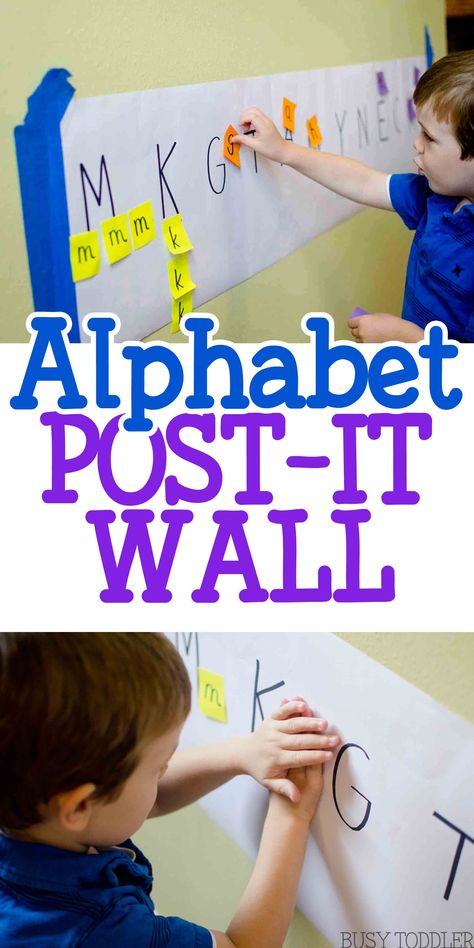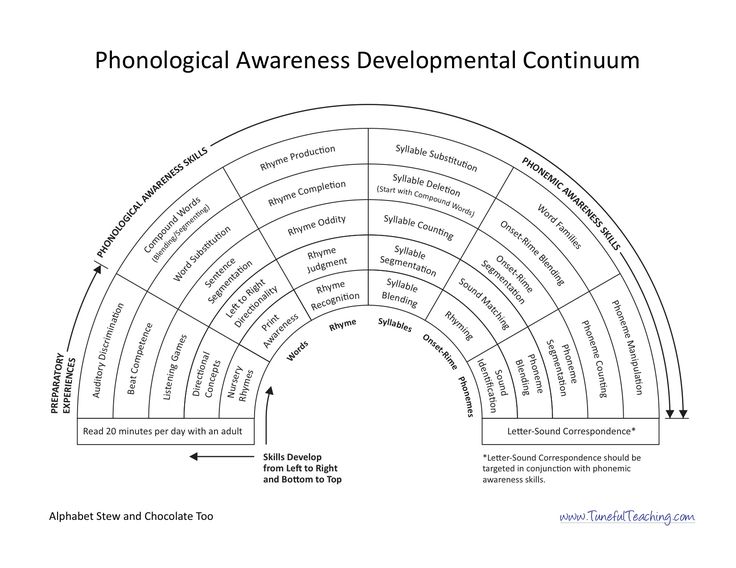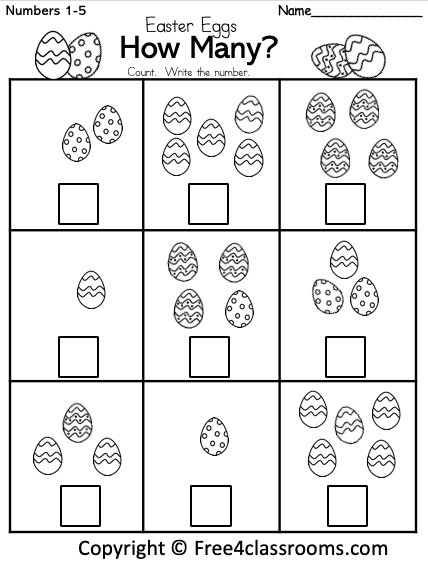Help first grader read
How To Help 1st Grader Read Fluently
When our children are first learning to read, we want them to be successful. As a parent, you are likely to try to find out how to help 1st grader read better. By first grade, kids are learning to read full-length books and are able to read longer, more complex sentences.
This means that your child is reading at a more challenging level and might be struggling. Their reading fluency is likely a factor in how well they are understanding a text.
What should a 1st grader be able to read?
By 1st grade your child should have at least the following variety of reading skills:
- They should be able to recognize about 150 sight words or high-frequency words.
- They are able to distinguish between fiction and nonfiction texts.
- They should be able to recognize the parts of a sentence such as the first word, capitalization, and punctuation.
- They are able to understand how a final “e” will change the sound of the vowels within a word.
- They are able to answer questions and recall details from a reading.
- They are able to read fluently meaning with speed, accuracy, and prosody.
Your first grader should be able to begin reading the first few levels of graded reader books. A graded reader book is a book that is set at a certain reading level. These books are often used in schools to help measure student progress.
What is fluency in reading?
Reading fluency is the ability to “read how you speak”. This means that your child is reading at a conversational pace with appropriate expression. Reading fluency is important because it is directly related to reading comprehension. The more fluent a reader is the better they understand the text.
Fluency in reading relies on speed, accuracy, and prosody. These factors make for a fluent reader and help your 1st grader not only to recognize words but to actually understand and comprehend text.
- Speed – Fluent readers read at a speed that is accurate for their grade level which is 60 words per minute for 1st graders.
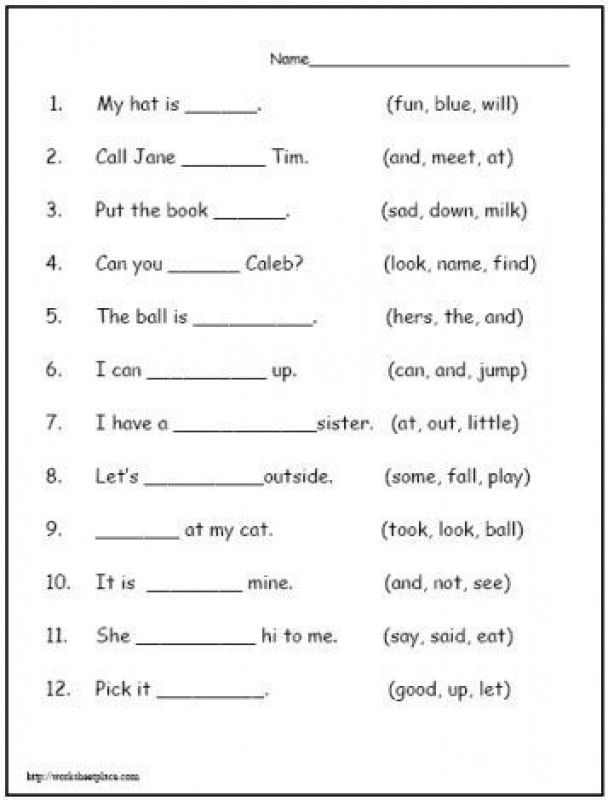
- Accuracy – Fluent readers are able to recognize words quickly and have the skills to sound out and decode words they are unfamiliar with.
- Prosody – Fluent readers use expression and intonation to bring meaning into their readings. This is not just recognizing words, but also recognizing that expression also plays a part in understanding.
How can I help my 1st grader with reading fluency?
There are a variety of things you can do at home to help your 1st grader read more fluently:
- Model reading – Children learn best when they have a model showing them the skills they are meant to be learning. Reading to your child regularly provides a model of fluent reading for them.
- Echo Reading – As you and your child read a text, read one sentence then have them read the same sentence out loud. This form of repeated reading helps them see you model fluency then lets them practice it.
- Reader’s theatre – Turn a book into a script and have
your kids bring the story to life.
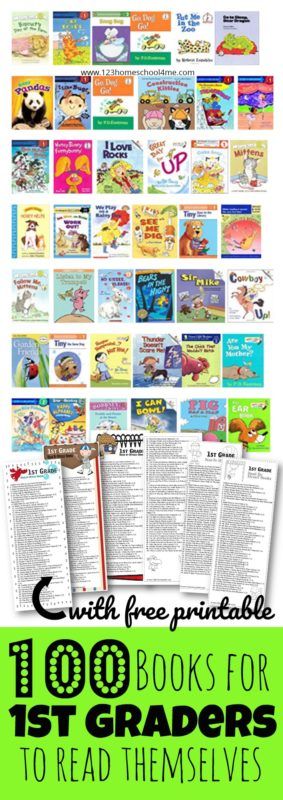 This will help them practice their expression and intonation when they read.
This will help them practice their expression and intonation when they read. - Practice sight words – The more words your child recognizes, the more fluent they will become. Use word games and flashcards to help them learn sight words to help them read less choppy.
- Extensive reading – The best way to help your 1st grader to read fluently is to get them to read a lot! Provide lots of books of their choice at home and get them to enjoy reading so that they practice often.
- Utilize reading apps – Most kids play with technology already such as tablets and smartphones. Why not incorporate reading into this game time by downloading some reading apps?
Which reading app is helpful for improving fluency?
Readability is an app that helps improve fluency for emerging readers. The app is a great way to increase fluency for your 1st grader because it uses A.I. technology and speech-recognition to recognize errors your child might be making when reading out loud.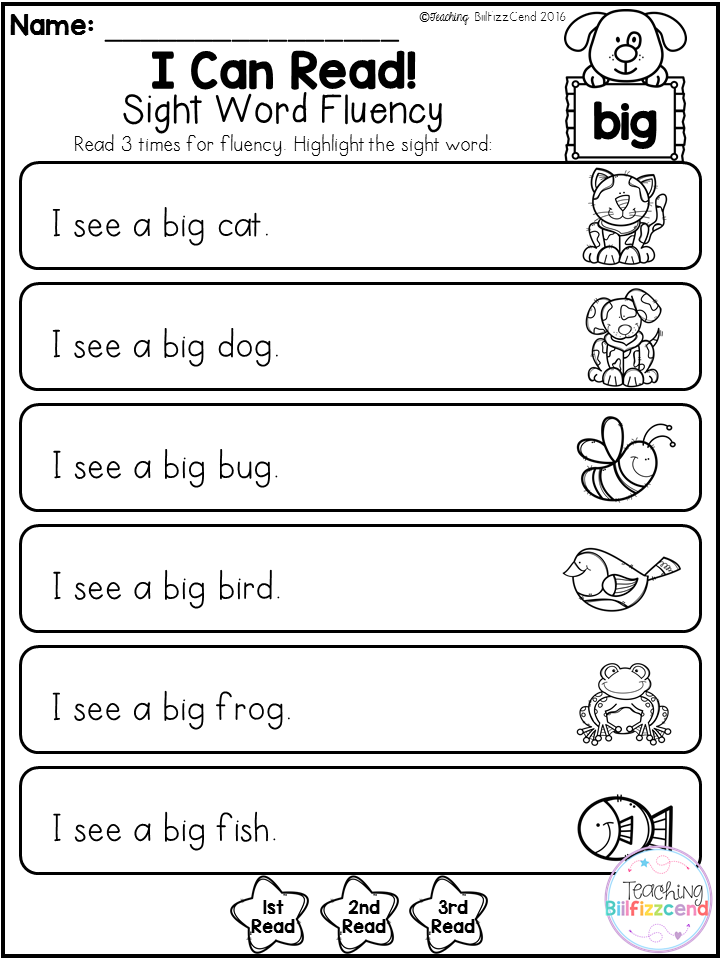
Readability provides a large library of original content that your child can read and is constantly being updated with new stories. The app works like a private tutor by actually listening to your child read out loud and recognizing their errors. It then provides feedback to help them improve. It can also read the material to your child as they follow along.
These forms of repeated reading can help your 1st grader practice their fluency wherever and whenever they want. Try Readability for free!
Reading Tips for Parents of First Graders
By: Reading Rockets
Give your child lots of opportunities to read aloud. Inspire your young reader to practice every day! The tips below offer some fun ways you can help your child become a happy and confident reader. Try a new tip each week. See what works best for your child.
These tips for parents of first graders are also available to download and print:
Don’t leave home without it
Bring along a book or magazine any time your child has to wait, such as at a doctor's office.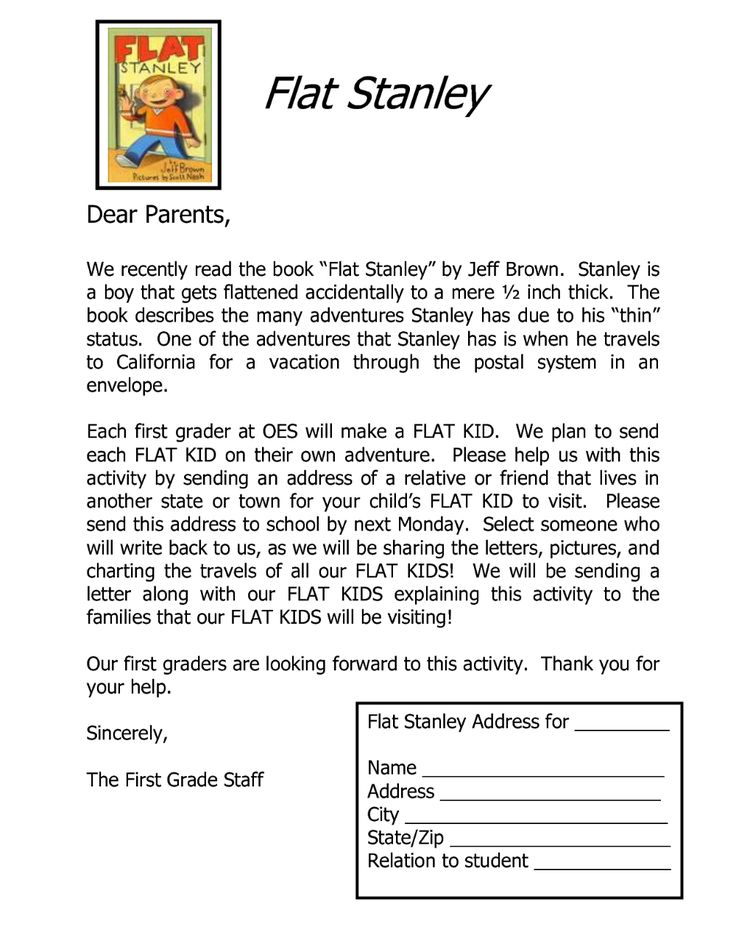 Always try to fit in reading!
Always try to fit in reading!
Once is not enough
Encourage your child to re-read favorite books and poems. Re-reading helps kids read more quickly and accurately.
Dig deeper into the story
Ask your child questions about the story you've just read. Say something like, "Why do you think Clifford did that?"
Take control of the television
It's difficult for reading to compete with TV and video games. Encourage reading as a free-time activity.
Be patient
When your child is trying to sound out an unfamiliar word, give him or her time to do so. Remind to child to look closely at the first letter or letters of the word.
Pick books that are at the right level
Help your child pick books that are not too difficult. The aim is to give your child lots of successful reading experiences.
Play word games
Have your child sound out the word as you change it from mat to fat to sat; from sat to sag to sap; and from sap to sip.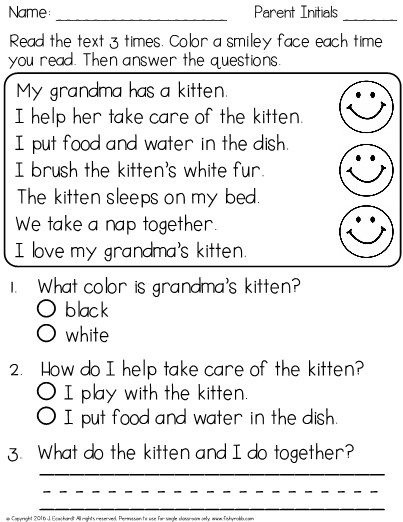
I read to you, you read to me
Take turns reading aloud at bedtime. Kids enjoy this special time with their parents.
Gently correct your young reader
When your child makes a mistake, gently point out the letters he or she overlooked or read incorrectly. Many beginning readers will guess wildly at a word based on its first letter.
Talk, talk, talk!
Talk with your child every day about school and things going on around the house. Sprinkle some interesting words into the conversation, and build on words you've talked about in the past.
Write, write, write!
Ask your child to help you write out the grocery list, a thank you note to Grandma, or to keep a journal of special things that happen at home. When writing, encourage your child to use the letter and sound patterns he is learning at school.
Reading tips in other languages
A downloadable handout, for parents of babies, toddlers, and children in preschool to grade 3, is available in the following languages:
Reading tips for parents of…
Reading Rockets (2021)
Reprints
You are welcome to print copies or republish materials for non-commercial use as long as credit is given to Reading Rockets and the author(s). For commercial use, please contact [email protected]
For commercial use, please contact [email protected]
Related Topics
Background Knowledge
Early Literacy Development
Fluency
Motivation
Oral Language
Phonological and Phonemic Awareness
Reading Aloud
Writing
New and Popular
Print-to-Speech and Speech-to-Print: Mapping Early Literacy
100 Children’s Authors and Illustrators Everyone Should Know
A New Model for Teaching High-Frequency Words
7 Great Ways to Encourage Your Child's Writing
Screening, Diagnosing, and Progress Monitoring for Fluency: The Details
Phonemic Activities for the Preschool or Elementary Classroom
Our Literacy Blogs
Teaching Reading to Students Who Experience Trauma
Kids and educational media
Meet Ali Kamanda and Jorge Redmond, authors of Black Boy, Black Boy: Celebrating the Power of You
Get Widget |
Subscribe
How many words per minute a child in 1st grade should read
Reading is an important skill , that children begin to master literally from the first days of schooling. Reading speed is directly related to academic performance. Therefore, in each grade of elementary school, teachers periodically check the reading technique of children. Let's find out how many words per minute a child should read in grade 1 and how to increase reading speed.
Reading speed is directly related to academic performance. Therefore, in each grade of elementary school, teachers periodically check the reading technique of children. Let's find out how many words per minute a child should read in grade 1 and how to increase reading speed.
First grade reading technique
In Russian schools, the reading technique of primary school students is tested twice during the school year - in the first half of the year and in the second. Some teachers do this every quarter. Such a check is needed to evaluate the following indicators:
- Way of reading. The teacher watches how the child reads: he reads the words in full or syllable by syllable or even by letter, pronounces them smoothly or abruptly, slows down on complex and long words.
- Reading speed. nine0004 This is the speed with which a first grader is able to read an unfamiliar text (how many words per minute he reads).
- Correct.
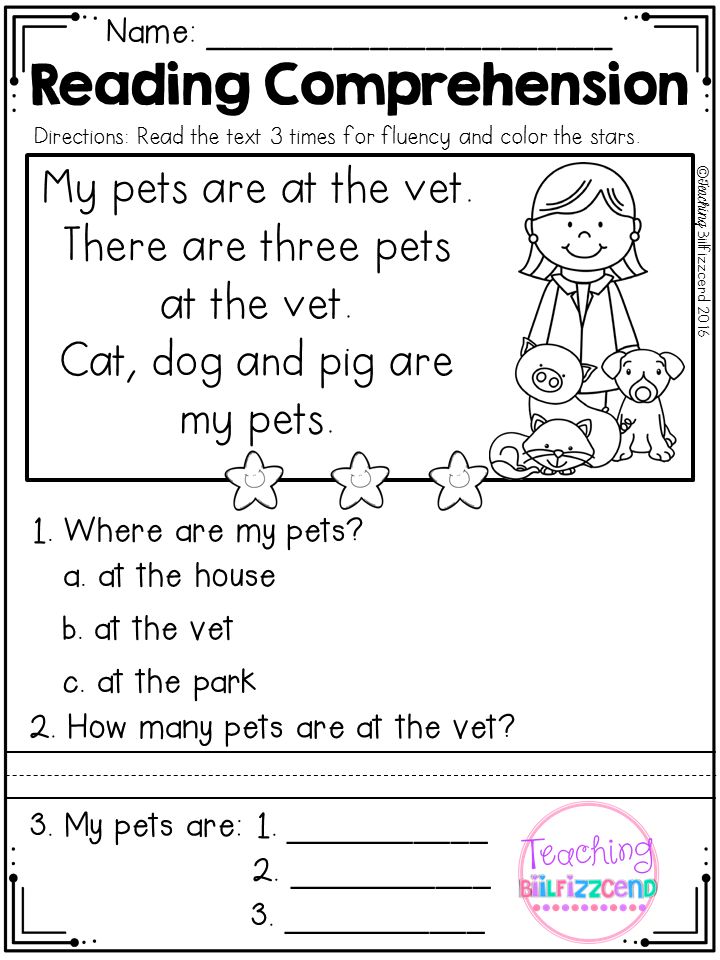 The teacher pays attention not only to the number of words read per minute, but also to the correctness of their pronunciation. The nature of these errors is also taken into account (incorrect pronunciation, omission of some words, incorrect emphasis).
The teacher pays attention not only to the number of words read per minute, but also to the correctness of their pronunciation. The nature of these errors is also taken into account (incorrect pronunciation, omission of some words, incorrect emphasis). - Awareness. The student must not only read the text, but also grasp its essence, understand what it is about. nine0016
The main indicator that the teacher focuses on is the number of words that the student reads in one minute. According to the norms, by the end of the first semester, a first-grader should read 25-30 words, and by the end of the second - 30-40 words.
Games with which the child will love to read and write
How to improve the reading technique of a first grader?
If your child does not reach the specified norm, do not be discouraged. Reading technique can be improved and it's not that hard. To do this, you need to start reading regularly at home. But don't force your child to do it by force.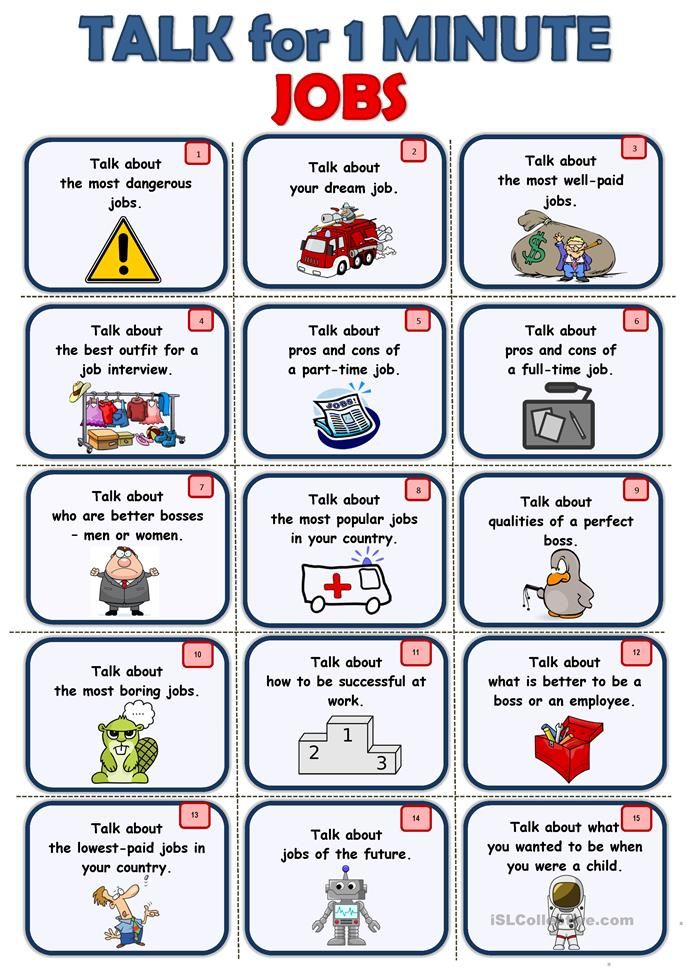 Reading should give him pleasure. And this is possible only if it causes interest. nine0007
Reading should give him pleasure. And this is possible only if it causes interest. nine0007
Try to instill in your son or daughter a love of reading. To do this, select the literature that is interesting to him. It can be fairy tales, stories and stories about animals, fantastic stories or something else. Many children like children's detective stories. The twisted plot involuntarily attracts the attention of the child, prompting him to read on.
Study different literature with your child and find out what he likes. Remember what you yourself loved to read as a child, find these books and offer them to your son or daughter. nine0003 Good for first graders:
- Russian folk tales and tales of the peoples of the world;
- fairy tales by G. H. Andersen, A. Pushkin, the Brothers Grimm, C. Perrault;
- stories by N. Nosov, V. Dragunsky, E. Uspensky, M. Zoshchenko.
Having selected the most interesting works, proceed to the reading technique training. Choose a convenient time when you are not in a hurry. If the book is electronic, download it to your phone or tablet and set the font that is comfortable for the student. nine0007
Choose a convenient time when you are not in a hurry. If the book is electronic, download it to your phone or tablet and set the font that is comfortable for the student. nine0007
Convenient holders for tablets, whiteboards and books
Sit with your child and have them read aloud to you. Don't rush him. The main thing is not the speed of reading, but the correct pronunciation of words. The speed will develop by itself with regular practice. Correct the student if he reads incorrectly, explain the meaning of unfamiliar words. The child should not just read, but understand what the text is about. Be sure to discuss what you read and ask questions. nine0007
Read 20 minutes a day. This is quite enough, it is only necessary that classes be regular. If the child is carried away by the work and wants to read further - please. The main thing is that he does not do it through force, otherwise the classes will begin to disgust him.
Some strict parents force the child to read for hours, thereby literally instilling in him a dislike for this activity.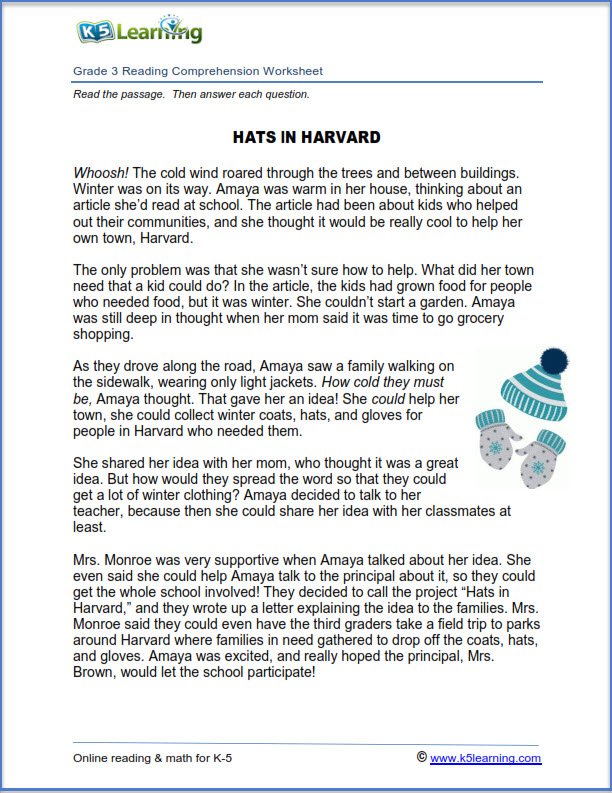 Growing up, such children do not touch books for a very long time. So don't overdo reading. Don't forget to take breaks for games :)
Growing up, such children do not touch books for a very long time. So don't overdo reading. Don't forget to take breaks for games :)
Tips for improving the reading technique of a first-grader
To read not only quickly, but also expressively, it is useful to pronounce tongue twisters. Find tongue twisters to practice different letters and sounds and have your son or daughter memorize them. Let him repeat them at any convenient time - on the way to school, during the game, etc. Patter is excellent for training the speed and clarity of speech.
Notice how the child breathes while reading aloud. nine0004 If he stops in mid-sentence to take a breath, then he is not breathing properly. You need to pronounce the phrase on the exhale, and take in air in the pause between sentences. Let the child practice taking in more air into the lungs and reading the entire sentence. Proper breathing will make speech smoother and speed up the pace of reading.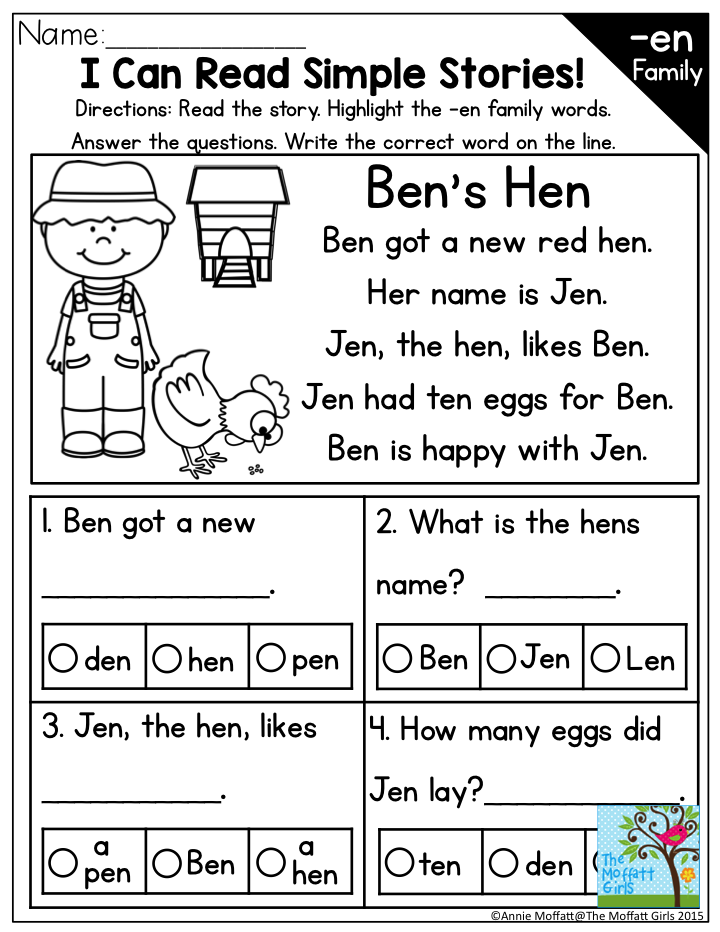
Reading by syllables significantly slows down the pace. If the student reads syllable by syllable, teach him to read the whole word. To do this, place the stresses in the words and invite your son or daughter to read them. If the child pays attention to stresses, it will be very difficult for him to read in syllables and he will be forced to pronounce the words in full. nine0007
Using these simple practices, your first-grader will quickly master the reading technique and during the next test in the class will be able to meet the standards, and maybe even show an even better result.
How many words per minute a first-grader should read
Children come to the first grade with very different skill levels. Someone already fluently reads whole stories, the other can barely read a line by syllables. Many parents diligently teach their children to read before school. And it is no accident: despite the fact that there are no official requirements for reading standards for a child entering school, testing a child for reading speed in the first grade will begin at the end of the first half of the year.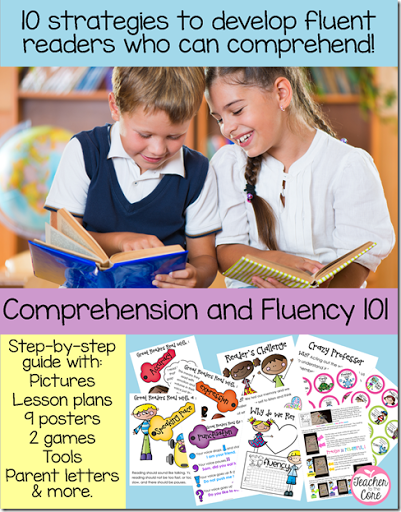 According to the indicative norms of the Federal State Educational Standard, a first-grader should read 25-30 words per minute in the first half of the year and 30-40 in the second. Note that the norms are indicative, so gymnasiums, for example, can raise the bar higher, and correctional schools, on the contrary, lower it a little. Here are some tips on how to make learning to read effective and comfortable for you and your child. nine0007
According to the indicative norms of the Federal State Educational Standard, a first-grader should read 25-30 words per minute in the first half of the year and 30-40 in the second. Note that the norms are indicative, so gymnasiums, for example, can raise the bar higher, and correctional schools, on the contrary, lower it a little. Here are some tips on how to make learning to read effective and comfortable for you and your child. nine0007
Don't chase reading speed
That's right. After all, if you train a child precisely on the speed of pronunciation of words, then he will be able to learn how to quickly read the text, but he will not understand what he read. Don't do your child a disservice. School performance is, of course, important, but not only the praise of the teacher is at stake, but also the development of the child. Therefore, when teaching a child to read, pay attention to the semantic content of the text, discuss with him the characters, their words and deeds, together recall the events of previously read books.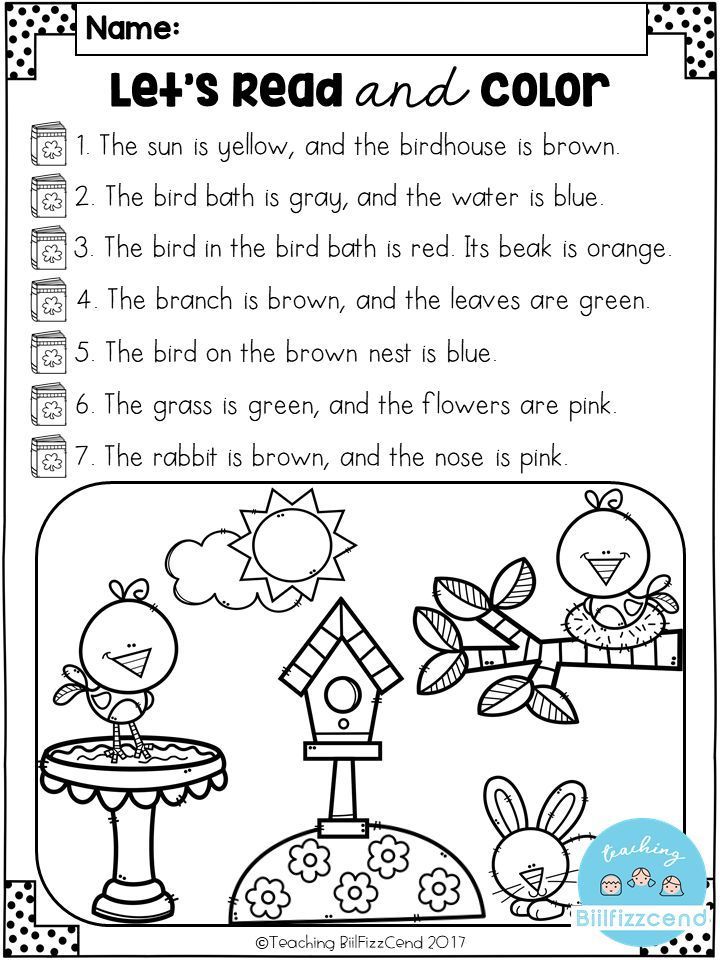 Speed will be gained gradually, thanks to constant practice and several useful exercises. nine0007
Speed will be gained gradually, thanks to constant practice and several useful exercises. nine0007
Choose the right literature
It is better to start learning to read with books "by age", well illustrated, with large letters and not too long words - consisting of two or three syllables. In addition, it is important that all the words in the book are familiar to the child.
Don't overdo it
Don't start learning to read too early, experts advise not to do this before the age of 5, because the child's body during this period absorbs all the impressions of the surrounding world, but is not yet ready to perceive the text. But he will be happy to listen to your reading and from an early age he will perceive a book in his hands as something obviously fascinating. Do not force a child to read, do not turn the joy of reading into a duty. Try not to intimidate him with upcoming checks, otherwise interest will instantly turn into a routine. Learning to read for a child is a lot of work. If the child is tired, there is nothing wrong with you reading aloud to him. nine0007
If the child is tired, there is nothing wrong with you reading aloud to him. nine0007
Learn by playing
You can collect words from cubes with spellings written on them. You can guess cards with inscriptions and drawings. Or read stories in which some words are replaced by pictures. In any case, the process of reading at first should include something else besides reading itself. A game element that will support the interest of the child and will not let him run out of steam at the very beginning of learning.
Game exercises for developing reading speed
If your child has already learned to read whole words and combine them into sentences, it's time to think about developing reading speed.
Play animals with him: try to imagine and show how a horse gallops, how a horse speaks and how a horse reads? How does a turtle work? And the tiger?
Try to read by roles on behalf of different characters in the story. Surely they will have not only different timbres, but also different pronunciation speeds.


